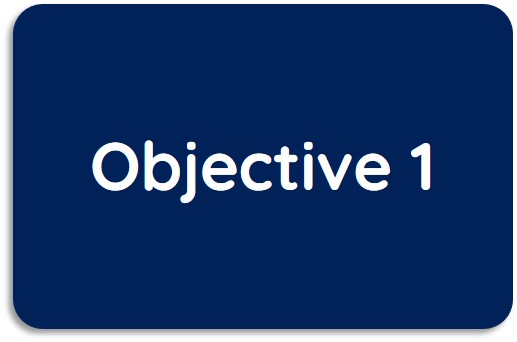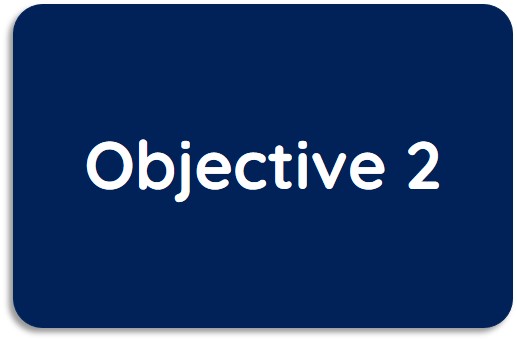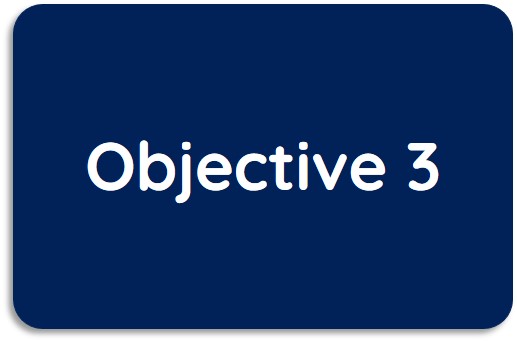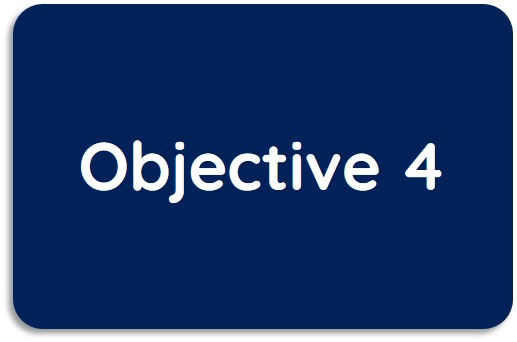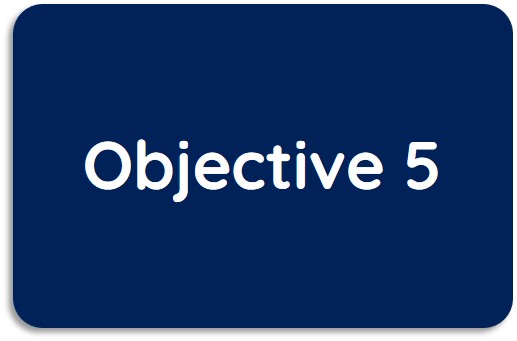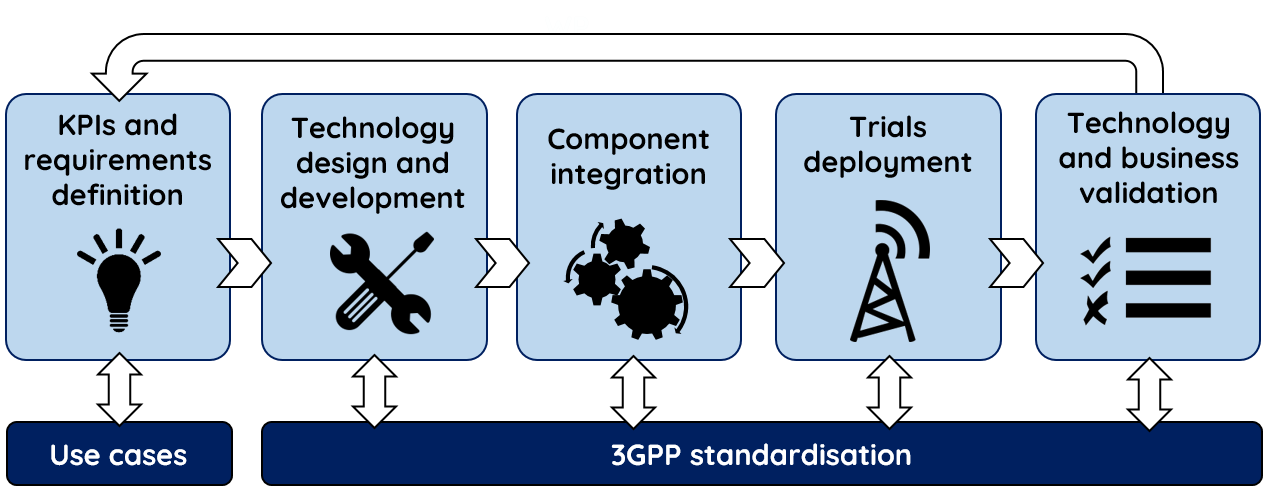Objectives
5G-RECORDS aims to develop, integrate, validate and demonstrate specific 5G components in end-to-end 5G infrastructures for professional AV media content production.
Concept
5G may enable new ways of producing and transmitting AV media content to the end users, opening up new opportunities across the value chain.
– 5G networks currently are in deployment stages.
– Media and broadcasting providers are already exploring the possibilities of using such networks for content production
5G-RECORDS will study the technological improvements that underpin the 5G opportunity.
Professional content production requires specific QoS and timing parameters (uplink):
– Very high data rates for video sources.
– Low latency in particular for audio signals.
– Very high reliability (i.e. very low packet loss rates and/or jitter).
– Extremely precise synchronicity.
– Stringent content security measures dictated by the high value of the content
If 5G were able to meet the requirements, it may enable new and more efficient ways of professional content production.
Methodology
5G-RECORDS will follow a methodology based on 5 phases:
Figure 1. 5G-RECORDS methodology overview.
Impact
1. Validate and demonstrate the performance of 5G components and end-to-end infrastructures for the AV content production vertical and evaluate its advantages in multiple media production use cases.
Implementation
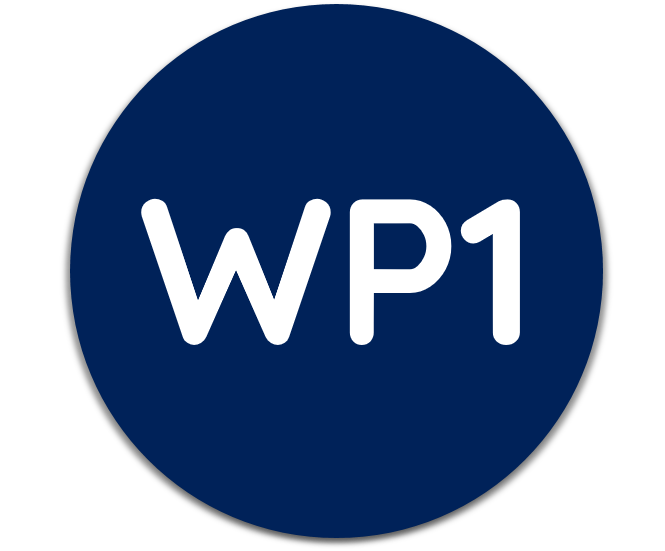 |
Management and coordination activities in WP1 aim to ensure that the project objectives are achieved, that all risks are addressed and mitigated with appropriate contingency plans, and that the link between the project and the EC officers, as well as with the 5G-PPP association, is fluid. |
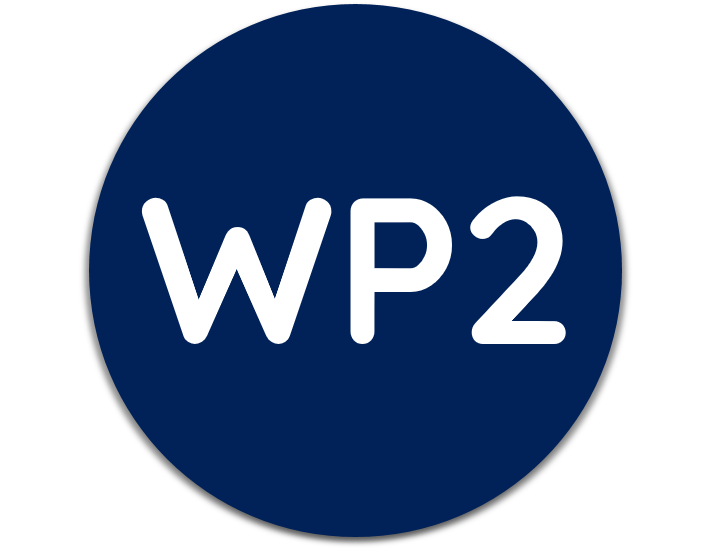 |
WP2 will be in charge of the project ecosystem. Use cases, requirements and KPIs will be defined in this WP. It will additionally define the main architecture to integrate different components and meet the project requirements. The regulatory framework and business models derived from the project will be also considered here. |
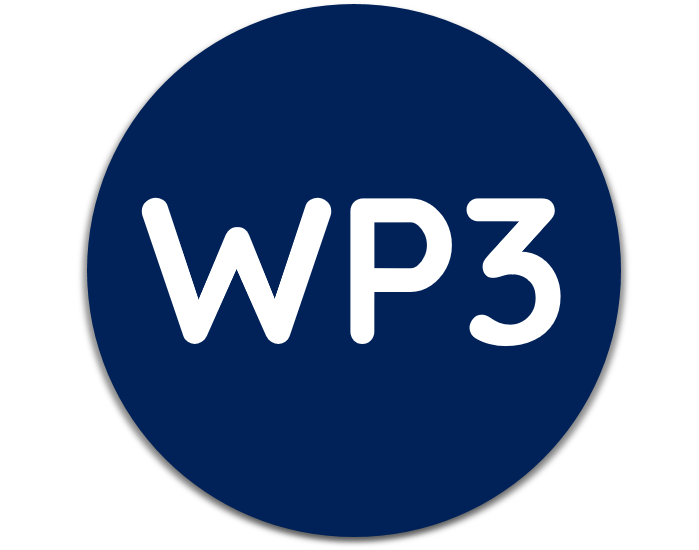 |
WP3 is responsible for all development and laboratory work before on-boarding and integrating the components into the 5G infrastructures. |
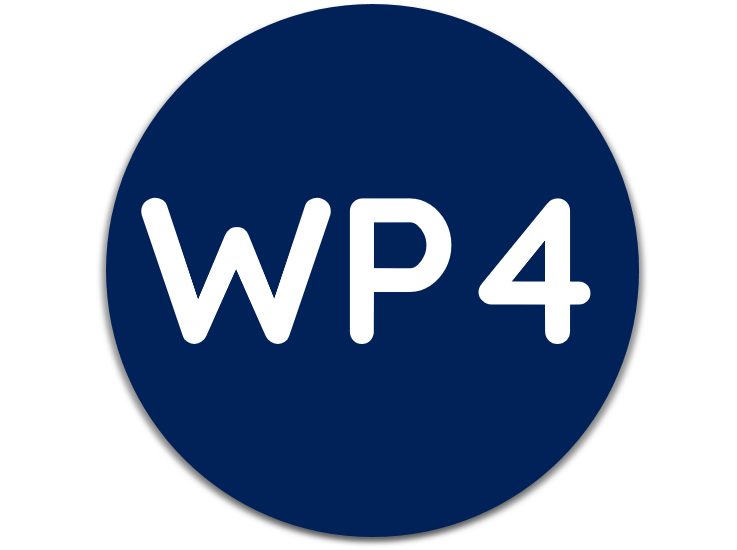 |
WP4 will tackle the 5G components’ integration into the available infrastructures so they are ready for trialling and validating the envisaged use cases of the project. WP4 will also provide the required management, operation, maintenance and update of the 5G infrastructures. |
 |
WP5 will be dedicated to advanced validation 5G trials and demonstrators. Technical trials will be performed to assess the real-life performance of 5G components for the considered use cases and validate whether the technical requirements are met or not. |
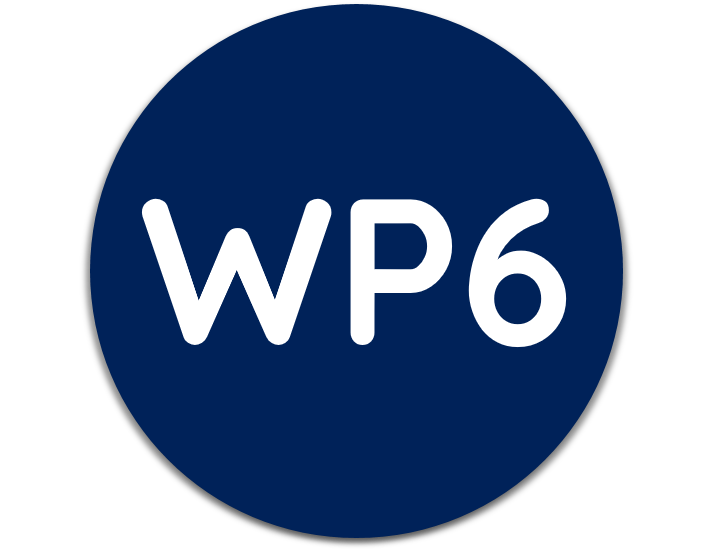 |
Standardisation, exploitation and dissemination activities in WP6 will help partners to commercially impact the content production and 5G industries. |

Figure 3. Work Package structure.
